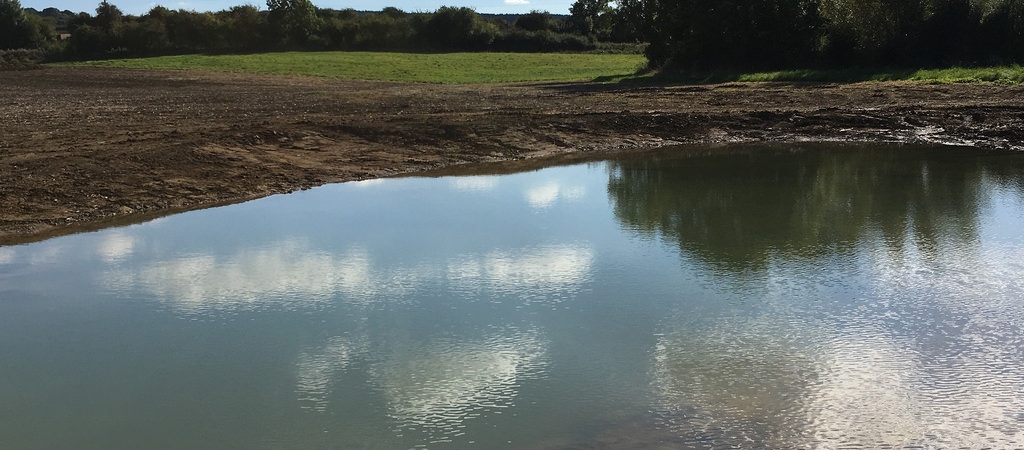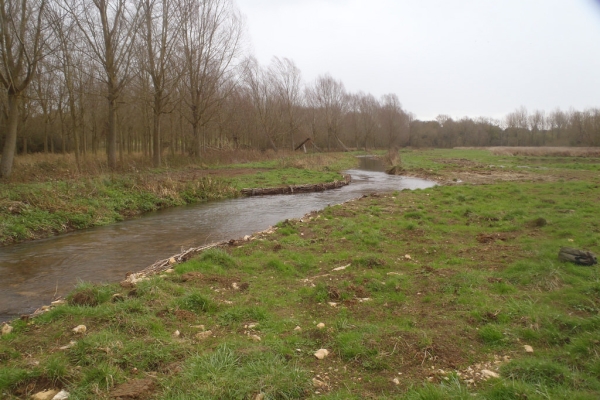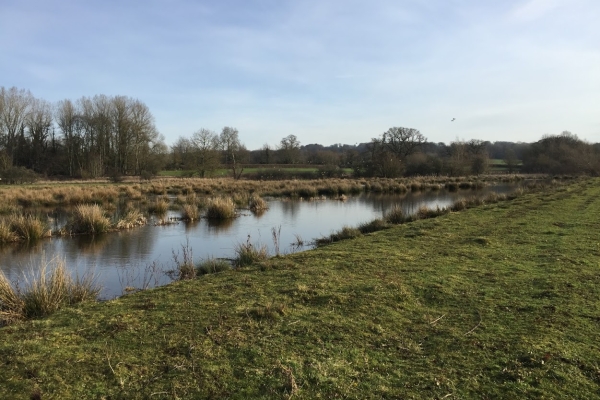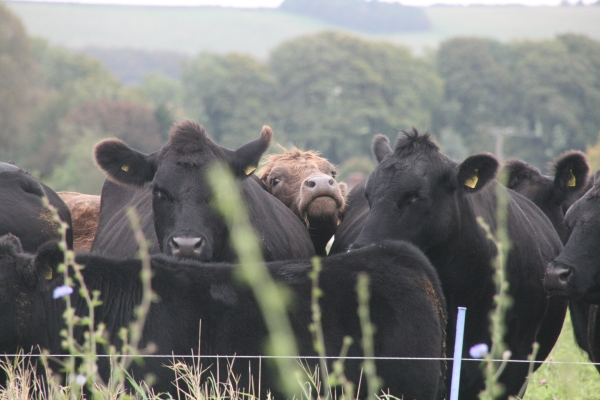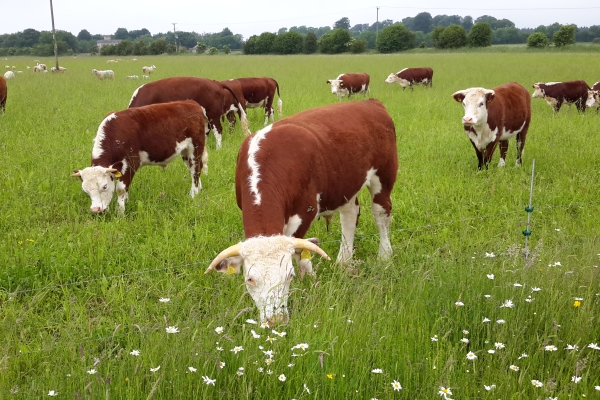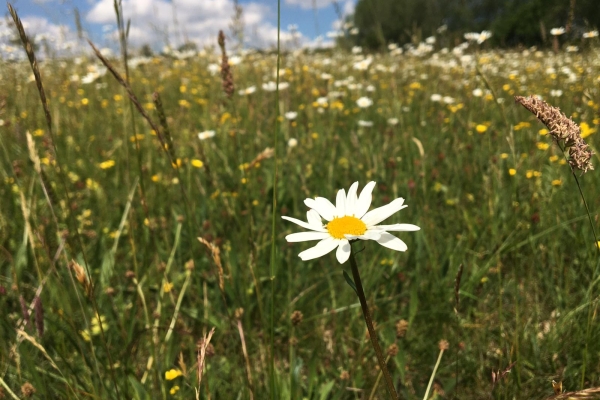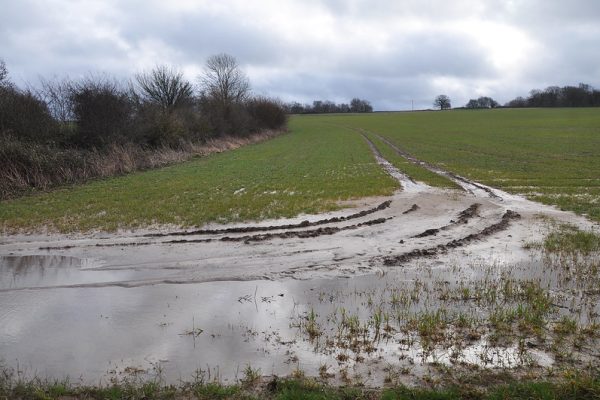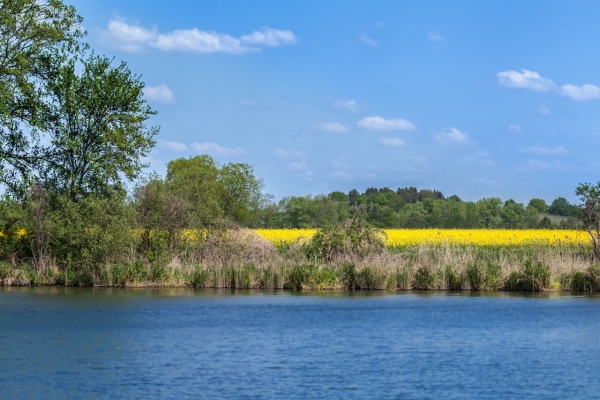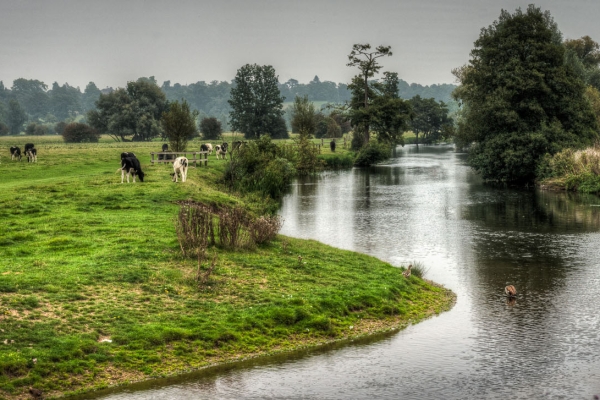Floodplain Restoration: Arable to Wet Grassland Conversion
Resource explained
This short video demonstrates what can be done with marginal unproductive land that floods regularly, and the livestock, flood attenuation, and wildlife benefits that can be attained from putting improvements in place. Vaughan Lewis, Director of Windrush AEC Ltd. (a fisheries and aquatic resource consultancy), explains the reasons for converting some farmland on the river Evenlode near Chadlington in the Cotswolds from arable to wet grassland, how it and river restoration activities are being carried out, and the potential benefits. We see a section of river that has been damaged by dredging for agricultural purposes being restored; deposited material on the river bed removed, stones and gravel added, and banks stabilised. Vaughan explains the benefits of raising a section of the river bed and lowering the river banks. There is footage of a few days later showing the improved river bank – which should now help with the flow of water into the flood plain and benefit wildlife.
Findings & recommendations
- Vaughan explains that the project is a collaboration between the Evenlode Catchment Partnership, the landowner, Cotswold Grass Seeds who are providing agricultural advice on the reversion of the arable land to wet grassland, and Atkins who are helping with the monitoring.
- Reverting a section of land prone to flooding to wet grassland can bring you multiple benefits. Vaughan describes the benefits this project will bring:
- Allow the livestock enterprise on the farm to have more land to graze;
- have significant flood storage benefits during the winter;
- improve conservation (they will be digging some small scrapes in the area which will enhance biodiversity and provide some flood attenuation);
- provide watering areas for stock on the farm;
- and benefit wildlife such as birds, fish and invertebrates.
- Raising a section of a river bed and lowering river banks can change the velocity of water and allow wet grassland to flood slightly earlier during periods of heavy rain. Vaughan explains that the project aim is to put the river back in connection with its flood plain, allowing for the development of rich grassland flora, and helping with downstream flooding, which should have a significant impact on the Evenlode valley.
Find out more about Windrush AEC Ltd. here.
